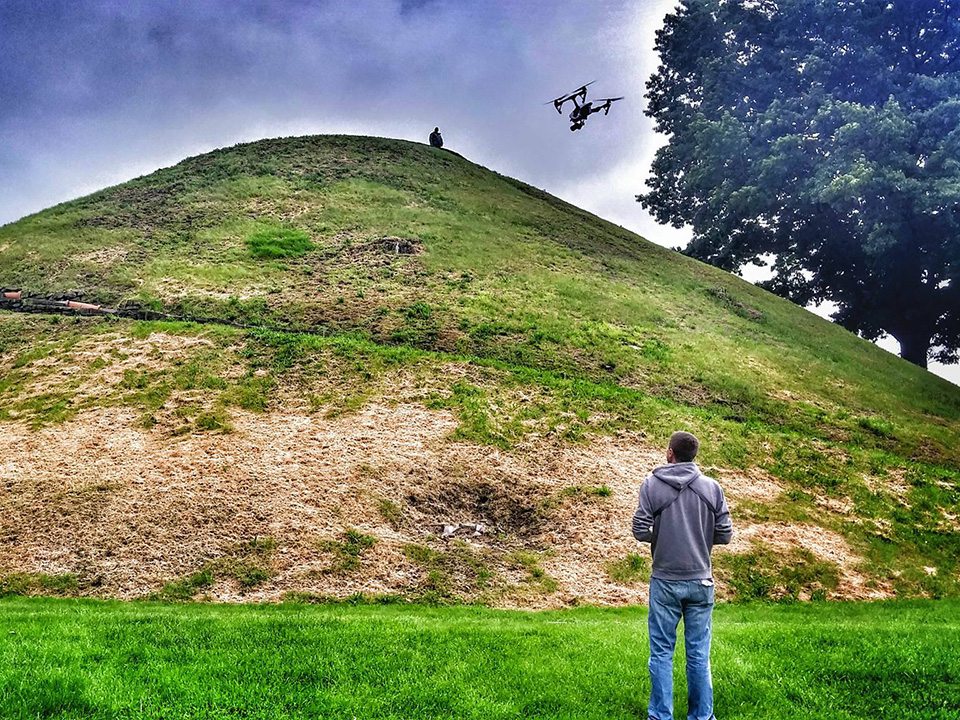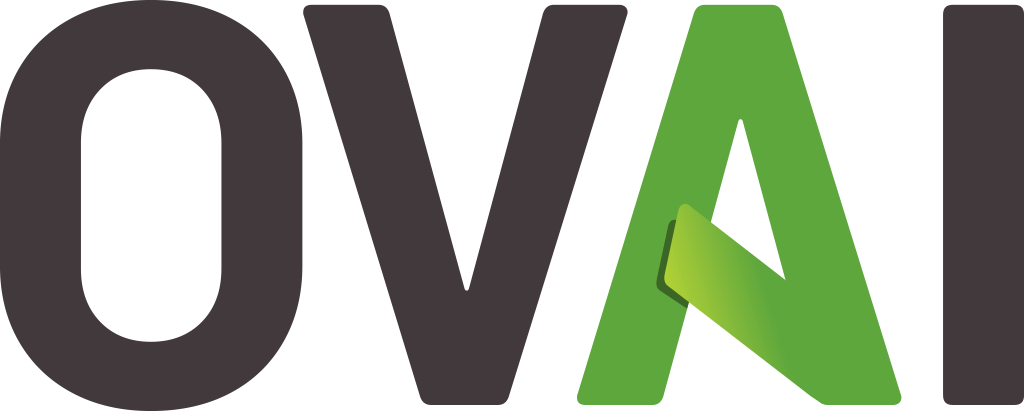Aerial Mapping & Photogrammetry
Photogrammetry uses the process of Structure from Motion (SfM) to create 3-dimensional objects from 2-dimensional photographs. By taking many overlapping photographs, photogrammetry software can find common points within the photos and calculate the angles of the different photographs to those common points.
If there is enough overlap between photographs with sufficient common points, the software can reconstruct the 3-dimensional properties of the objects in the photographs and create a scaled, 3-dimensional model. Many factors influence the quality and accuracy of the models, including the type of camera used, the amount of overlap between photographs, the angles at which the photographs were captured, etc. Taking the right photographs for modeling is a skill acquired with experience. Once the photographs are captured, post-processing is required to obtain a high-quality model. Some photographs may need to be manually tied into the growing model, or the resulting model may need to be edited. The amount of post-processing required varies from project to project; often, the more complex a scene or object, the more post-processing is required.
Learn more about our professional qualifications to see why OVAI Group is the best fit for you and your upcoming projects.

3D models can be output in a variety of ways:
- Dense Point Cloud – The initial result of the photogrammetry process is a “dense point cloud.” It can be exported in many formats (e.g., las, laz, ply, xyz and dxf) that can be imported or converted for use in GIS or CAD software.
- 3D Textured Mesh – The dense point cloud is used to create a 3D textured mesh, which consists millions of tiny triangles used to fill the spaces between the points of the dense point cloud. The mesh is a skeleton over which many kinds of surfaces can be draped. It can be output as ply, fbx, dxf, or obj file formats that can be imported into GIS, CAD, or mesh software (3D printing).
- Orthomosaic – The 3D model can be used to create a high-resolution, aerial photograph (a.k.a., orthomosaic). This seamless, high-resolution image is a combination of many, smaller images, and it can be exported as a GeoTiff file.
- Digital Surface Model (DSM) – The dense point cloud can be converted into a DSM, which can be imported into GIS or CAD software and processed into a Digital Elevation Model (DEM). Most photogrammetry-based DSMs and DEMs show very minute detail and are as good as terrestrial LiDAR (laser scanner) models.
- Still Images and Videos – The dense point cloud and 3D textured mesh can be viewed as still images or videos. Images and videos are the most visually appealing representation of the models and work best for sharing the models with the public.”
Model Uses
Given the high resolution imagery of the models, the most basic use of the models would be site assessment. The models could be used to assess the current condition of a building, structure or landscape, and aid in the decisions of project planning or maintenance. In addition, the models can be used as a comparison to document future changes in conditions as a site changes over time. Once an accurate model is created, the photogrammetry software can measure lengths and volumes based on the model, which can help with documentation and project planning. A more involved use of the models would be to import them into GIS or CAD software to combine them with other data sets, or even to import them into mesh software for the purpose of 3-D printing.
A simple but effective us of the models would fall into advertising. Videos of the models or even interactive 3-D renderings of the models can be uploaded to websites or social media pages, providing a great representation of a site’s appearance and character.
Photogrammetry provides an accurate, cost-effective solution for documenting and planning of complex projects. The technology of digital cameras, drones and software has reached a point that photogrammetry should be considered on all historic and archaeological projects not only for current use, but for posterity.
Ohio Valley Archaeology, Inc.
4889 Sinclair Road, Suite 210
Columbus, Ohio 43229
Telephone: (614) 436-6926
Fax: (614) 436-6945

